I've spilled water, wine, and worse on my epoxy tables—and not once have I panicked. Epoxy can be waterproof. But there are a few things I’ve learned that make all the difference between “water-resistant” and “sealed tight like a bottle cap.” Let’s get into it.
What Makes Epoxy Waterproof?
Before we talk tables, here’s what “waterproof” actually means:
- Waterproof = zero water penetration, even after prolonged exposure
- Water-resistant = repels water, but not foolproof under pressure or time
Why epoxy checks the box:
- Once cured, epoxy forms a non-porous, solid barrier.
- It resists chemical reactions and seals tight—liquids bead up instead of soaking in.
- But that’s only if the pour, seal, and finish are done right.

How Epoxy Tables Are Made
Here’s the science: resin + hardener = a chemical reaction that becomes solid plastic. No pores. No water paths. But miss a spot—or skimp on sealing—and that’s where water sneaks in.
The two main types:
- Casting epoxy: For deeper pours like epoxy river tables.
- Coating epoxy: Thin layers that seal surfaces—what I use for waterproof finishes and topcoats.
If you want full protection, sealing edges and corners is the key. I talked more about that in this polishing guide.
Is All Epoxy Waterproof?
Definitely not. I’ve used brands that looked great for a week—then yellowed, clouded, or peeled after a little moisture exposure.
What makes the difference:
- Brand quality: The best resins stay strong. Cheap stuff? Not worth the risk.
- Mix ratio: Mess this up, and you’ll get tacky, weak spots that fail under moisture.
- Full cure time: Epoxy might feel dry in 24 hours, but it needs 72+ to fully cure and resist water long-term.

Waterproof Performance in Real Life
These aren’t gallery pieces. They’re in real homes—and here’s how they’ve held up:
- Spill-proof: Red wine, coffee, juice, even oil—zero stains, no swelling.
- Condensation-safe: I’ve left cold drinks on the surface overnight. No rings, no haze.
- Kitchen & bathroom tested: I’ve made console tables, vanities, and kitchen islands. Still holding strong after years.
Can Epoxy Be Used Outdoors?
Short answer: yes. But you need to plan for it.
- UV rays can yellow unprotected epoxy over time.
- Humidity, snow, and rain can work into seams if it’s not sealed edge-to-edge.
- Temperature swings cause resin to expand/contract—and that’s where cracks happen.
If you’re using epoxy furniture outside, check out our guide on epoxy and outdoor use.
How I Protect My Outdoor Epoxy Builds
Here’s what’s worked for me:
- Use UV-stable epoxy from the start (no budget brands)
- Apply a UV-blocking varnish or topcoat over cured epoxy
- Use furniture covers when not in use
- Reapply sealant or wax every 1–2 years depending on exposure

Is Epoxy Also Heatproof?
This trips a lot of people up. Waterproof ≠ heatproof.
Epoxy starts softening around 120–150°F. That’s way cooler than a hot mug or fresh pan.
So here’s what I do:
- Use trivets for hot cookware
- Put felt pads under decor
- Never place pans or hot mugs directly on the epoxy
Common Issues That Compromise Waterproofing
Here’s what I’ve had to fix on my own builds (and customer repairs):
- Bubbles or gaps during pouring = moisture pathways
- Cracks from temperature swings or weak bonding
- Surface scratches that allow water to slowly soak in
Fixes:
- Sand and recoat small scratches or scuffs
- Patch cracks with fresh resin, then reseal
- Always prep properly and cure completely
How I Maintain That Waterproof Finish
It’s easy if you stay ahead of it:
- Daily: Wipe down with a damp cloth and mild soap (no harsh chemicals)
- Monthly: Use a resin-safe wax or polish for protection and shine
- As needed: Spot sand and recoat if you see cloudy patches, chips, or dull spots

Key Takeaways
- Epoxy is waterproof—if you use high-quality resin and follow through on the finish
- Don’t cheap out on brands or rush the cure time
- For outdoors, add UV protection and routine maintenance
- Heat resistance isn’t the same—use pads and trivets
- A few minutes of care = years of flawless finish
FAQs
Can I leave my epoxy table in the rain?
Only if it's sealed edge-to-edge and protected with a cover or UV topcoat. Otherwise, water will creep in eventually.
Is epoxy resistant to water rings?
Mostly yes—but heat is the issue. Always use coasters for hot mugs.
Can I use epoxy for bathroom sinks or counters?
Yes, if sealed fully and kept dry between uses. Avoid water pooling or steam-heavy areas without protection.
What if water gets under the resin layer?
You’ll likely see clouding, bubbles, or peeling. The fix? Sand back the area and reseal it completely.
How often should I reseal an epoxy table?
Every 1–2 years if used frequently or kept outdoors. Spot fix anytime you notice dullness or surface wear.
Final Thoughts: Is Epoxy Waterproof Enough for Your Home?
If you want a table that can handle real life—coffee spills, juice boxes, dinner parties—epoxy is more than up to the task. Indoors? Practically bulletproof. Outdoors? It’ll hold strong with a little love and the right finish. And if you’ve got something custom in mind, I’d love to help.
Thanks for taking the time to read—I really appreciate it. I hope something in my process (or my mistakes) helps you along the way. If you want a custom piece or hit a wall building your own, feel free to drop a comment or reach out—happy to help. Have a blessed day!
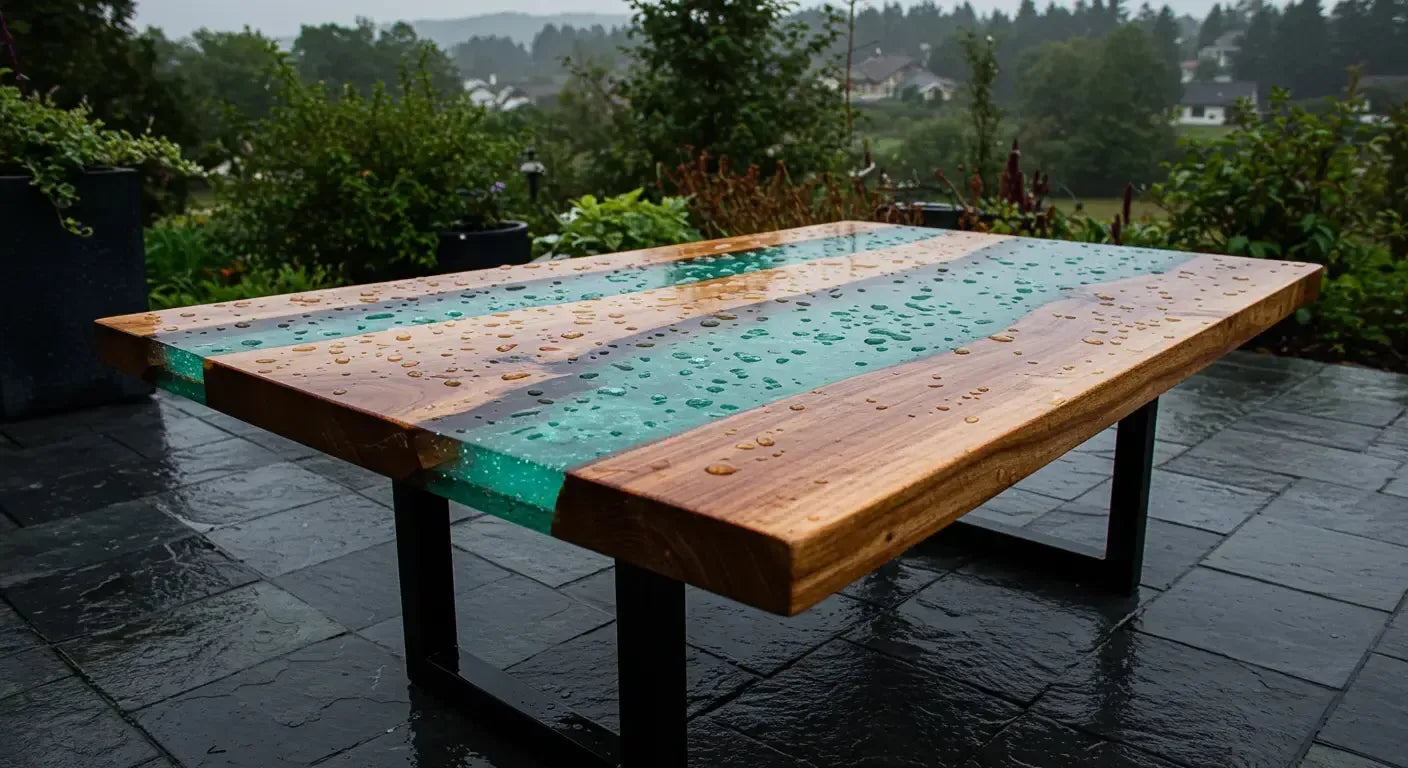


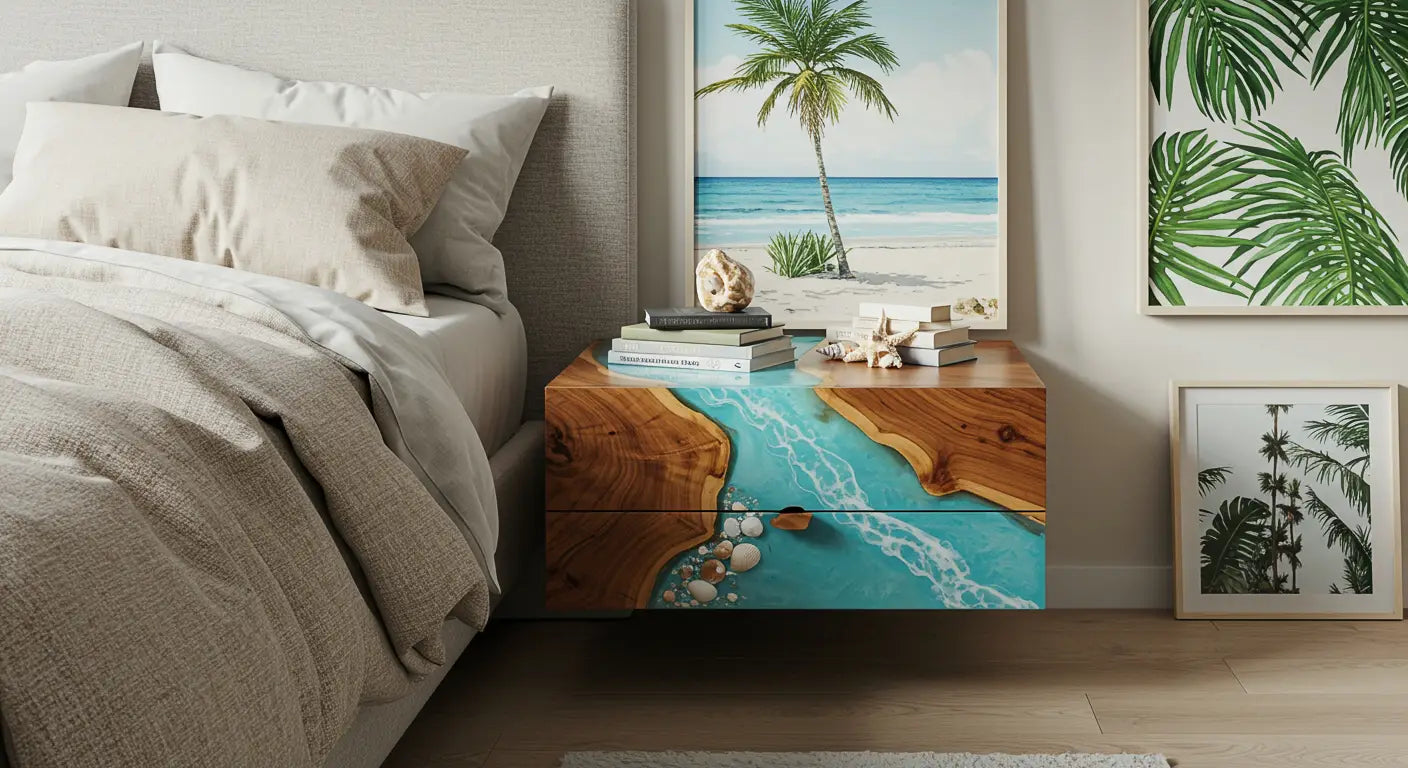
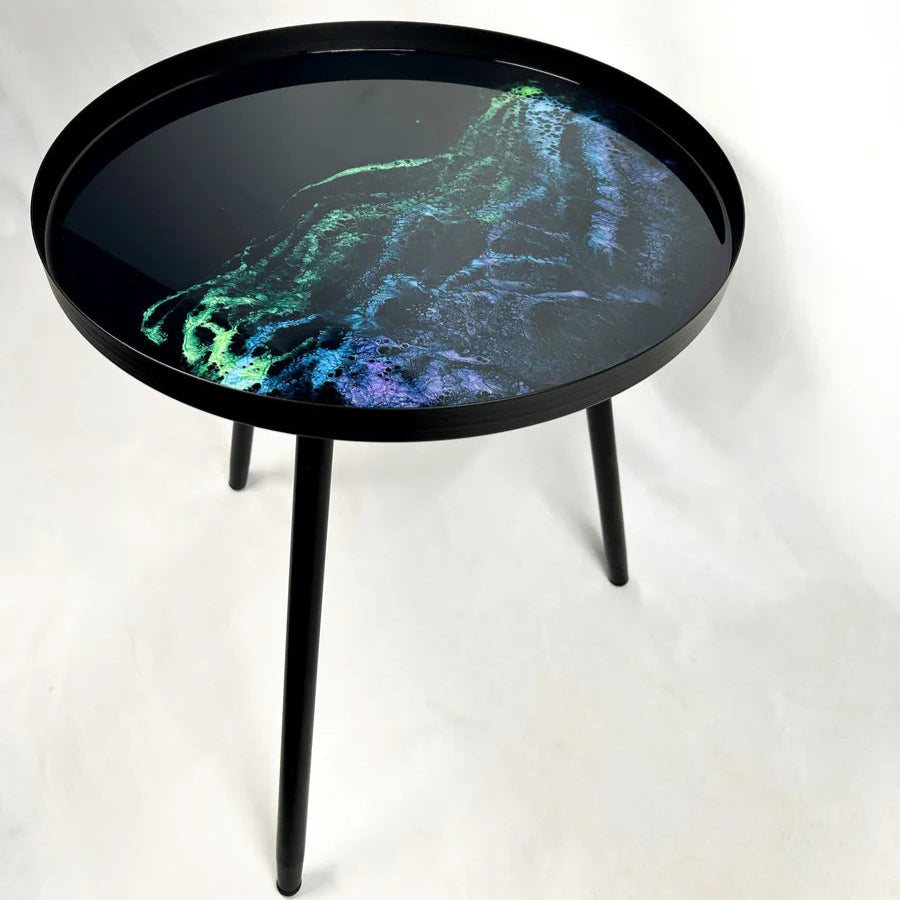
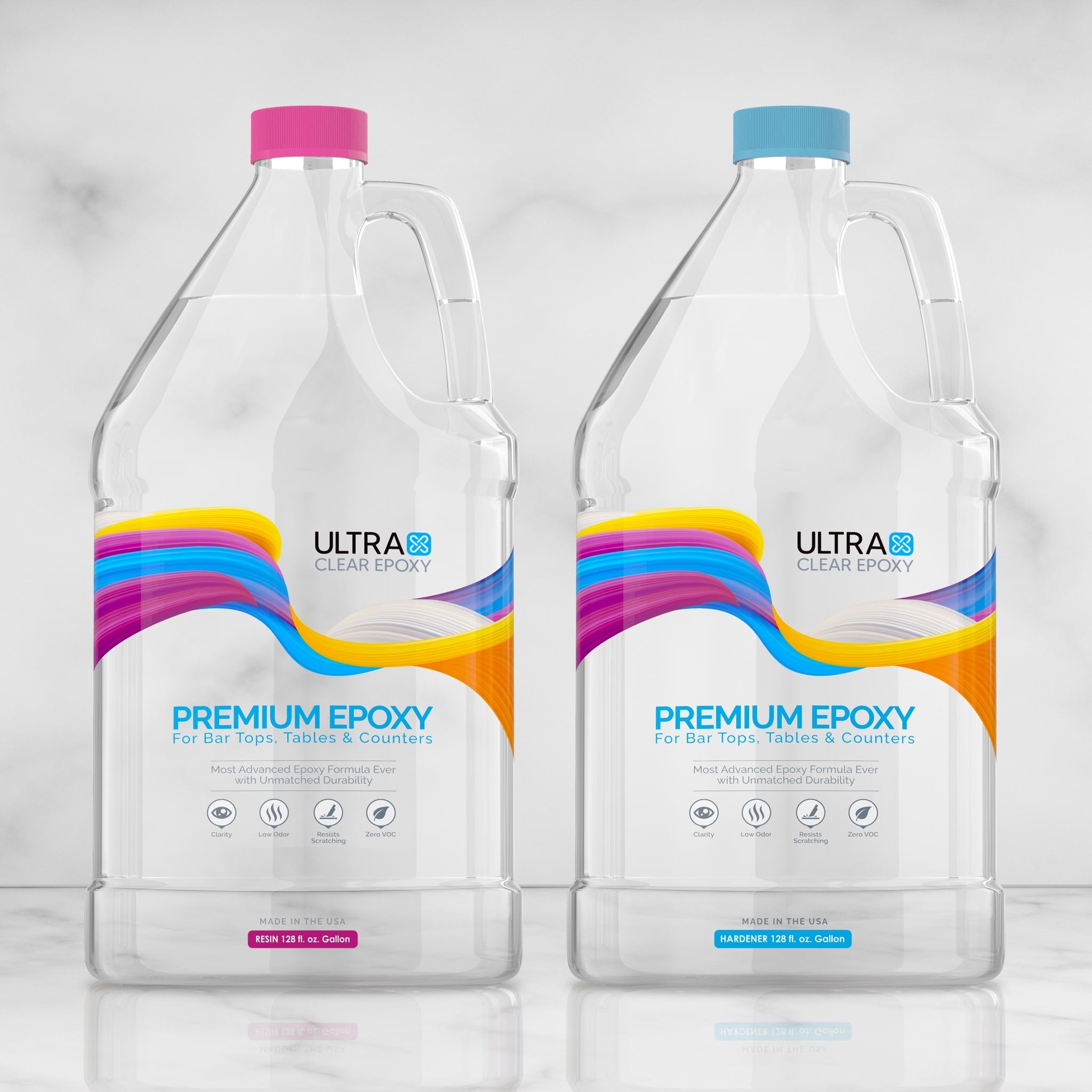
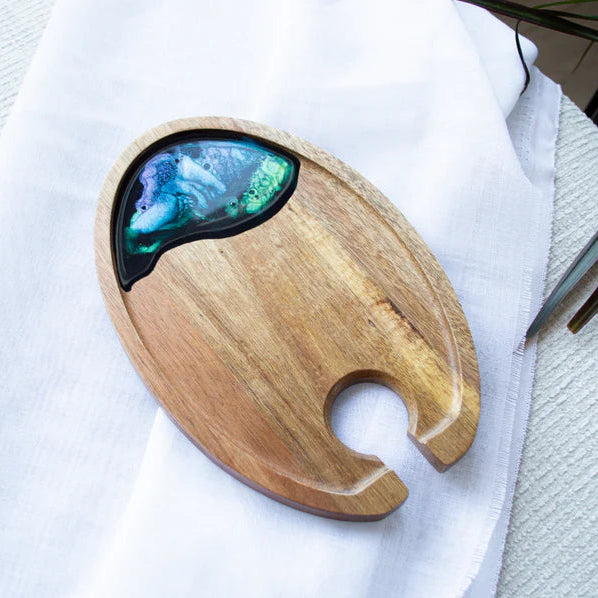
Share: